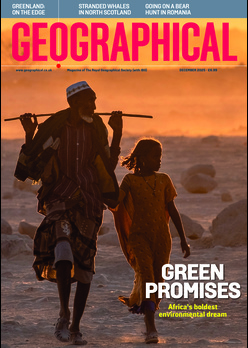
The latest Olympic athletics track has been redesigned to make the games more sustainable
The Paris 2024 Olympics has unveiled a surprising new feature: a vibrant purple running track. According to organisers, the red track, which has long been a familiar sight in the games, has been redesigned for a more striking and memorable event. But that’s not the only difference.
As part of the plan to make Paris 2024 the most sustainable Olympic Games so far, Mondo – global makers of athletics tracks – has added a new and unusual component: mussel shells. Resilient flooring, like that used for running tracks, is typically made from calcium carbonate, a compound found naturally in chalk, limestone and marble. It’s usually obtained through mining, which results in carbon emissions as well as many tonnes of waste ending up in landfills. This year, in partnership with Italian fishing cooperative Nieddittas, Mondo has instead chosen to repurpose discarded mussel and clam shells, rich in calcium carbonate, from the Mediterranean Sea. Together, they have perfected a process to clean, dry, and grind the shells, which would otherwise have been wasted, into a fine powder suitable for track construction.
Mondo says that the resulting track is functionally identical to its predecessors, but with a significantly reduced environmental impact. Using biogenic calcium carbonate – the shells – to create the track is equivalent to offsetting the emissions of a car driving for 60,000 kilometres, whilst also avoiding other mining-associated environmental impacts on both wildlife and human health.
In fact, this year’s purple track is said to be the fastest yet – it’s already helped athletes to topple world records in their events. The key to its speed, said to be two per cent faster than the Tokyo Olympic track, is a layer of honeycomb air cells that help to absorb and return the energy of a runner’s foot. Whether Paris 2024 manages to turn the tide on Olympic emissions, however, remains to be seen. While organisers are hoping to cut their carbon footprint by 50 per cent compared to previous games, studies have found that the Olympics have become increasingly harmful to the environment over recent years.
Related articles:




